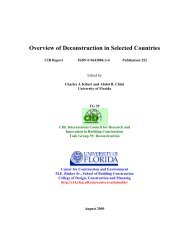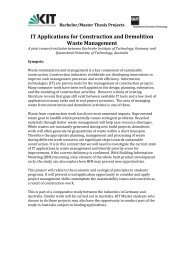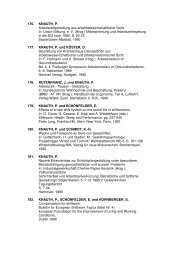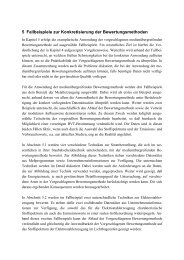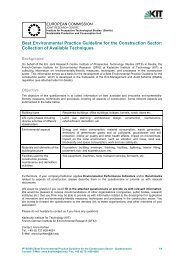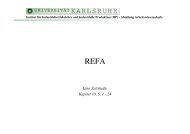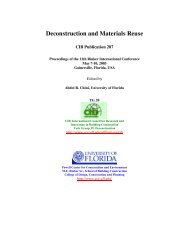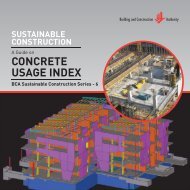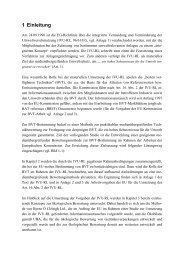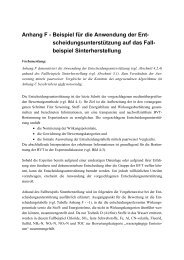Waste reduction final report -4 - Test Input
Waste reduction final report -4 - Test Input
Waste reduction final report -4 - Test Input
You also want an ePaper? Increase the reach of your titles
YUMPU automatically turns print PDFs into web optimized ePapers that Google loves.
2. Benchmark<br />
Based on the data from various sources throughout U.S. summarized in previous section one<br />
can establish benchmarks for better, good and current practices for waste generation on a site<br />
for residential or non-residential buildings. Again, two approaches have been recommended,<br />
one based on waste per unit area of building under construction or demolition and the other<br />
based on weight per capita per year. The Franklin and Associates data of 21.5 Kg/m 2 of<br />
waste generation for residential and 19.5 Kg/m 2 for non-residential construction were used as<br />
current practice waste per unit area of building. Similarly for demolitions waste the Franklin<br />
and Associates estimate of 550 Kg/m 2 for residential and 850 Kg/m 2 for non-residential<br />
buildings were adopted as current practices. Reducing the current practice numbers by 25% is<br />
considered to be a good practice and any waste <strong>reduction</strong> beyond that is a better practice.<br />
Benchmark for the second approach is based on weight per capita per year. The average per<br />
capita rate of 1.07 Kg per day or 390 Kg per year is used as the current practice. Reducing<br />
the current practice rate by 25% is considered to be a good practice and any waste <strong>reduction</strong><br />
beyond 25% is a good practice. Tables 5 and 6 show these benchmarks. The second approach<br />
will give large communities such as counties and local municipalities a more practical<br />
number to compare with as it applies to the total population of a particular county or state.<br />
Table 5 Benchmarks of Kg/m 2 for current, good and better practices<br />
BETTER GOOD CURRENT<br />
PRACTICE PRACTICE PRACTICE<br />
RESIDENTIAL Construction < 16 16-21 22<br />
Demolition < 410 410-540 550<br />
PRACTICECE<br />
NON- RESIDENTIAL Construction < 15 15-19 20<br />
Demolition < 640 640-840 850<br />
Table 6 Benchmarks of Kg per Capita per year for current, good and better practices<br />
BETTER GOOD CURRENT<br />
PRACTICE PRACTICE PRACTICE<br />
C&D WASTE PER CAPITA PER YEAR < 290 290 - 380 390<br />
3. Policies, Strategies and Legislation<br />
Policies<br />
Although the federal government has largely avoided any effort to set construction and<br />
demolition waste recycling rate targets, many states and smaller jurisdictions have active<br />
programs that encourage construction and demolition waste recycling.<br />
1. In Portland, Oregon the city requires job-site recycling of rubble (concrete/asphalt), landclearing<br />
debris, corrugated cardboard, metals and wood on all construction and<br />
demolition projects with a permit value exceeding $50,000. This is accomplished by<br />
requiring a complete site plan prior to permit issuance.<br />
136



